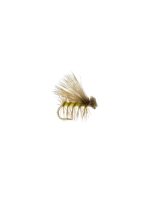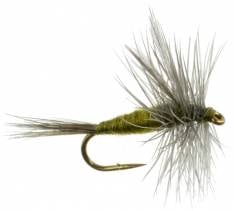Fly fishing is an art form that requires careful consideration of many different factors, including the type of line you use. One of the most important decisions you’ll make is whether to use a floating or sinking line. In this article, we’ll explore the benefits and drawbacks of each and provide guidance on when to use each type of line.
Floating Line
Floating lines are the most common type of fly fishing line and are ideal for fishing on the surface of the water. They are made from a buoyant material that keeps them on top of the water, which makes them easy to cast and control. Here are some situations in which a floating line is the best choice:
- Dry Fly Fishing: When you’re using dry flies, which imitate insects that float on the surface of the water, a floating line is essential. It allows you to present the fly in a natural way and gives you greater control over the presentation.
- Shallow Water Fishing: When fishing in shallow water, a floating line is a good choice because it won’t drag along the bottom and disturb the fish. This is especially important when fishing in clear water, where any disturbance can spook the fish.
- Casting Distance: If you need to cast a long distance, a floating line is the way to go. Its buoyancy allows it to stay in the air longer, giving you more time to make a longer cast.
Sinking Line
Sinking lines are made from a denser material that causes them to sink below the surface of the water. They are typically used for fishing deeper waters, where you need to get your fly down to the fish. Here are some situations in which a sinking line is the best choice:
- Deep Water Fishing: When fishing in deeper water, a sinking line is essential because it allows you to get your fly down to the fish. This is especially important when fishing for species that live near the bottom, such as trout, bass, or pike.
- Streamer Fishing: Streamers are large, imitation baitfish patterns that are designed to be fished below the surface of the water. To effectively fish streamers, a sinking line is necessary.
- Windy Conditions: When it’s windy, a sinking line can help you cast more accurately by cutting through the wind and allowing you to get your fly down to the fish.
Conclusion
Choosing the right type of line is critical to your success as a fly fisherman. By understanding the benefits and drawbacks of each type of line and knowing when to use each one, you can improve your chances of catching more fish. Whether you’re fishing on the surface of the water with a floating line or trying to get your fly down to the fish with a sinking line, remember that each type of line has its place and can be a valuable tool in your fly fishing arsenal.

